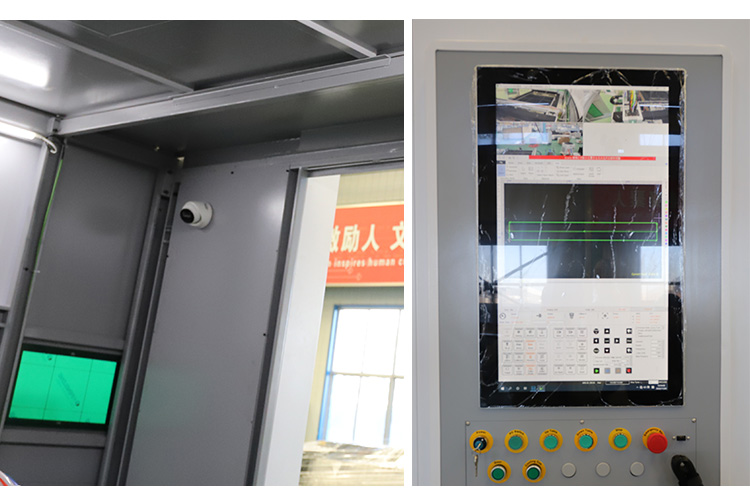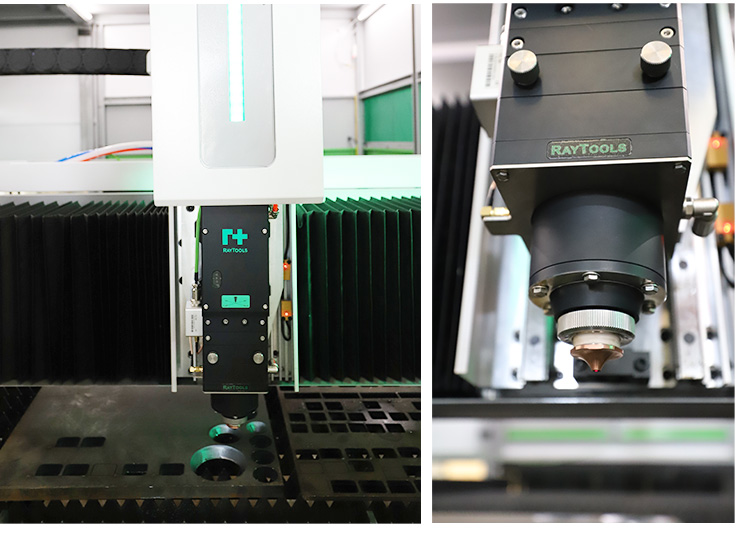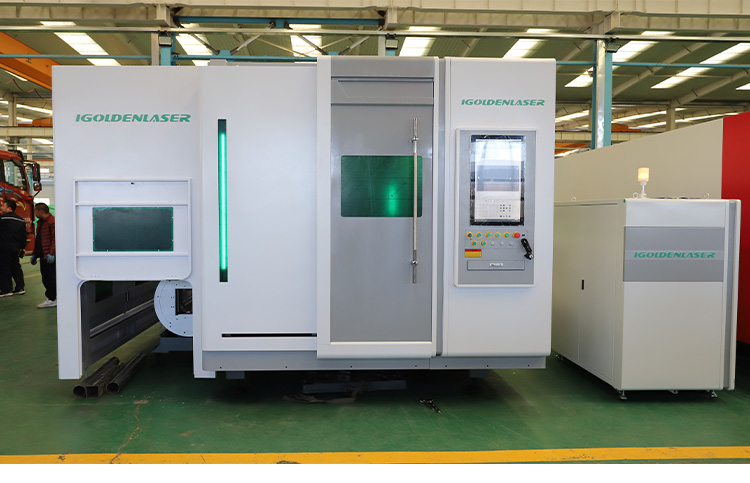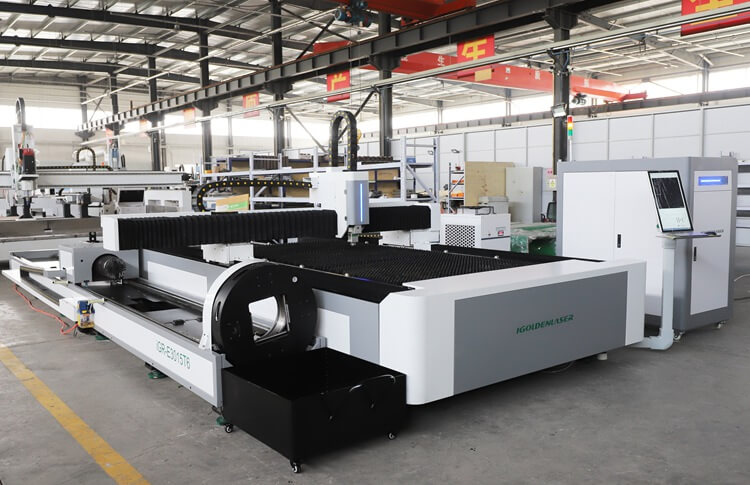Laser Knowledge
Fiber Optic Laser Cutting Machine
In the world of manufacturing and fabrication, precision cutting plays a crucial role in achieving high-quality results. Traditional cutting methods often come with limitations, such as slower cutting speeds, heat distortion, and limited material compatibility. However, with the advent of fiber optic laser cutting machines, these limitations are being overcome.
Fiber Optic Laser Cutting Machine
A Fiber Optic Laser Cutting Machine is a highly advanced tool used in industrial manufacturing for cutting a wide range of materials with precision and efficiency.Fiber optic laser cutting machines utilize the power of lasers to cut through various materials with exceptional precision. These machines employ a fiber optic laser beam that is guided through a series of mirrors and lenses to focus the laser energy onto the material being cut. The intense heat generated by the laser beam melts or vaporizes the material, creating a clean and precise cut.
Fiber Optic Laser Cutting Machine Key Components:


- Fiber Laser Source: The core component that generates the laser beam. It’s known for its high efficiency and power density.
- Laser Cutting Head: Contains the focusing lens and nozzle, directing the laser beam onto the material.
- CNC Controller: The computer system that controls the movements of the cutting head and worktable, ensuring precise cutting according to the programmed design.
- Worktable: The surface on which the material to be cut is placed. It often includes a clamping mechanism to hold the material in place.
- Cooling System: Keeps the laser source and other components at optimal temperatures to prevent overheating.
- Protective Enclosure: A safety feature that protects operators from exposure to the high-power laser beam and collects fumes and particles generated during cutting.
Advantages:
- High Precision: Capable of cutting complex shapes with tight tolerances.
- Speed: Faster cutting speeds compared to traditional methods, especially for thin materials.
- Quality: Produces clean cuts with minimal burrs and reduced heat-affected zones.
- Efficiency: High power efficiency and lower operating costs due to reduced energy consumption.
- Versatility: Can cut a wide variety of materials, including metals (steel, aluminum, copper), plastics, and composites.
- Automation: Easily integrated with automated systems for mass production.
Applications of Fiber Optic Laser Cutting Machines
Fiber optic laser cutting machines find applications in various industries, including:
- Automotive: Cutting metal components for carparts, such as chassis, body panels, and engine components.
- Aerospace: Precision cutting of aircraft parts, including turbine blades, fuselage components, and brackets.
- Electronics: Cutting intricate patterns on circuit boards, creating precise openings for electronic components.
- Signage: Cutting and engraving letters, logos, and designs on various materials, such as acrylic, wood, and metal.
- Furniture: Creating intricate designs on wooden furniture pieces, cutting precise joints and patterns.
- Jewelry: Cutting and shaping precious metals, such as gold and silver, to create intricate jewelry pieces.
- Textiles: Cutting fabrics for apparel, upholstery, and other textile products with precision and speed.
Q1: Are fiber optic laser cutting machines safe to use?
A1: Yes, fiber optic laser cutting machines are safe to use when operated correctly. They come with safety features, such as enclosed cutting areas, interlock systems, and protective eyewear. It is essential to follow the manufacturer’s guidelines and receive proper training to ensure safe operation.
Q2: Can fiber optic laser cutting machines cut reflective materials?
A2: Yes, fiber optic laser cutting machines can cut reflective materials, such as stainless steel and aluminum. The machines are equipped with special optics and laser parameters to handle reflective surfaces effectively.
Q3: How do fiber optic laser cutting machines compare to other cutting methods?
A3: Fiber optic laser cutting machines offer several advantages over traditional cutting methods. They provide higher precision, faster cutting speeds, minimal heat distortion, and versatility in cutting various materials. Additionally, they can be integrated into automated production lines for increased efficiency.
Q4: What maintenance is required for fiber optic laser cutting machines?
A4: Fiber optic laser cutting machines require regular maintenance to ensure optimal performance. This includes cleaning the optics, checking and replacing consumables (such as nozzles and lenses), and inspecting the machine’s mechanical components. It is recommended to follow the manufacturer’s maintenance schedule and guidelines.
Q5: Can fiber optic laser cutting machines be used for 3D cutting?
A5: Yes, fiber optic laser cutting machines can be used for 3D cutting. With the use of advanced software and robotic systems, these machines can cut complex 3D shapes and contours with precision. This capability opens up new possibilities for various industries, including automotive, aerospace, and architecture.



IGOLDEN BLOG
Thank you for visiting the iGOLDENCNC website. iGOLDENCNC is the professional supplier of CNC machinery application solution, within the business of producing and selling CNC machinery and accessories.